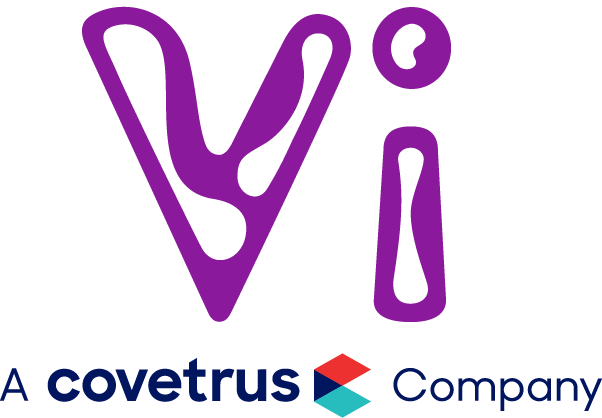“Such a fantastic 3 days, perfect amount of theory and practicals, I feel I have learnt so much and the course notes are great, Faye is very approachable and very easy to talk things through with. I would highly recommend this course to others”
You need a broad surgical skill set to manage the range of cases you’ll see in small animal practice.
Whether you are a recent graduate or you’re returning to small animal practice after some time away, this three day course will enhance your soft tissue surgery skills and your confidence in making decisions.
Reserve Your Place Now
“An amazing experience. I learned a lot that I can use in practice. The tutor was very experienced, accessible and nice. Everybody was incredibly friendly. I’d recommend it to every young vet. It’s a great experience professionally and in personal growth.”
Some of the key areas you'll cover:

Suture Materials, Suture Patterns and Knots
You need a sound knowledge of the various suture materials available and how to use them to achieve optimal tissue healing. We'll review the commonly used suture materials, suture patterns and knots – you'll know which ones to use where and when.

How to perform effective open wound management
It's essential that you manage traumatic and contaminated wounds appropriately before you carry out definitive wound closure. Premature closure of a wound that is infected or contains devitalised tissue will invariably lead to dehiscence, and then you'll need to carry out open wound management.

How to place tubes and drains
You may need to place various tubes and drains in your small animal patients, either for the administration of substances (food, medication, analgesia) or the removal of substances (fluid, air, blood). We'll go over indications and you'll get chance to practise with the tubes and drains in wet lab sessions.

How You Can perform a Thorough and Rewarding Exploratory Laparotomy (including tips and tricks for ovariohysterectomy)
An ability to systematically and thoroughly explore the abdominal cavity and its contents is a key skill that will help you with all forms of abdominal surgery. It's important to be aware of the normal appearance and location of the intra-abdominal organs if you are to recognise abnormal gross and anatomical findings during your exploration of the abdomen.

Urinary Tract Obstruction; your guide to patient stabilisation and definitive surgical management
Urinary tract obstruction can occur at any level (renal pelvis, ureter, bladder or urethra) however the most common site of obstruction in the dog and cat is the urethra. Urethral obstruction is an emergency presentation and you need to be prepared to intervene immediately. You'll need to stablise your patient before you can perform a thorough diagnostic approach.

Gastric Dilatation and Volvulus; your guide to patient stabilisation and surgical management
Get key practical tips to manage these emergency patients effectively and minimise complications. Reduced venous return, respiratory dysfunction and cardiac arrhythmias have a cumulative negative impact on perfusion and oxygen delivery to the tissues, ultimately resulting in irreversible shock and death if you don't administer appropriate treatment in a timely manner. Learn how on this small group practical course.
Course Tutor:

Faye Swinbourne BVM&S MVetMed DipECVS MRCVS
“Exceptional speaker. Truly inspirational”
Any questions? Need an invoice?
Call us now on 0151 328 0444 or email [email protected]
"Very small group beneficial, brilliant tutor with patience of a saint, all my questions were answered. Very interactive and hands on."
This course is kindly sponsored by Veterinary Instrumentation

